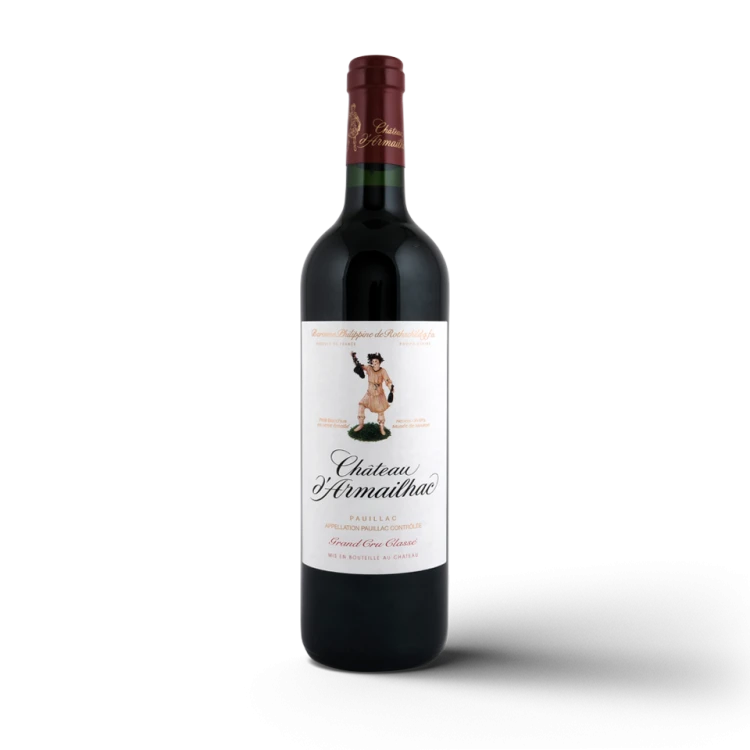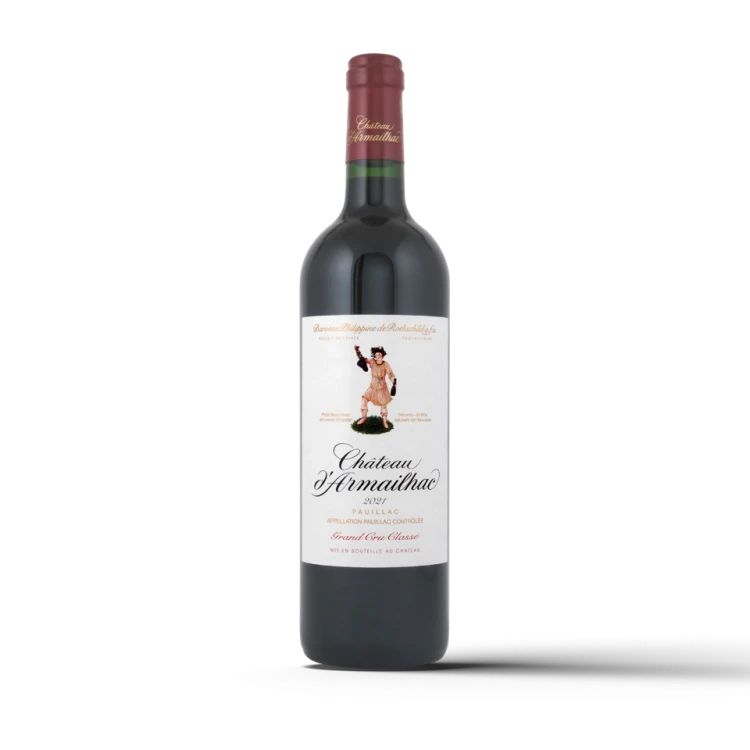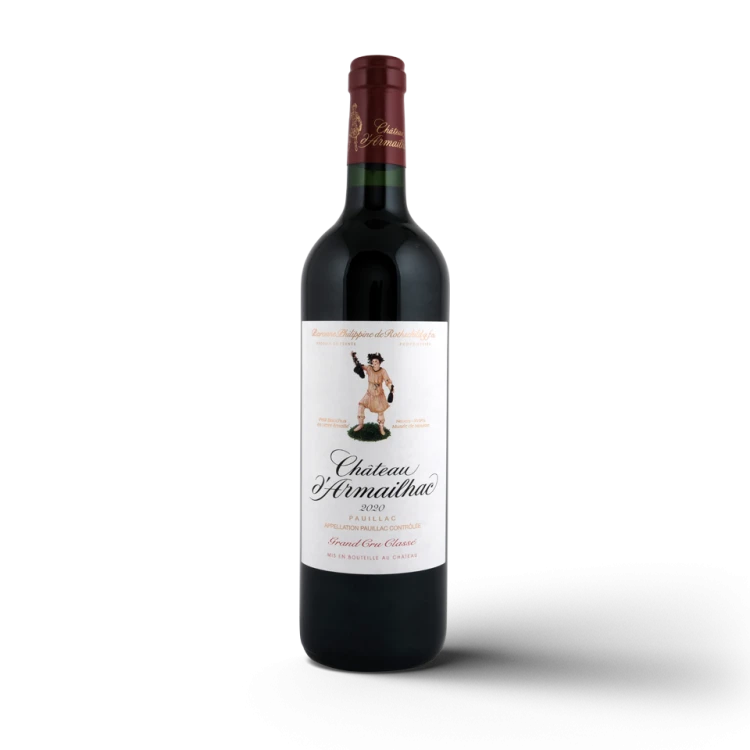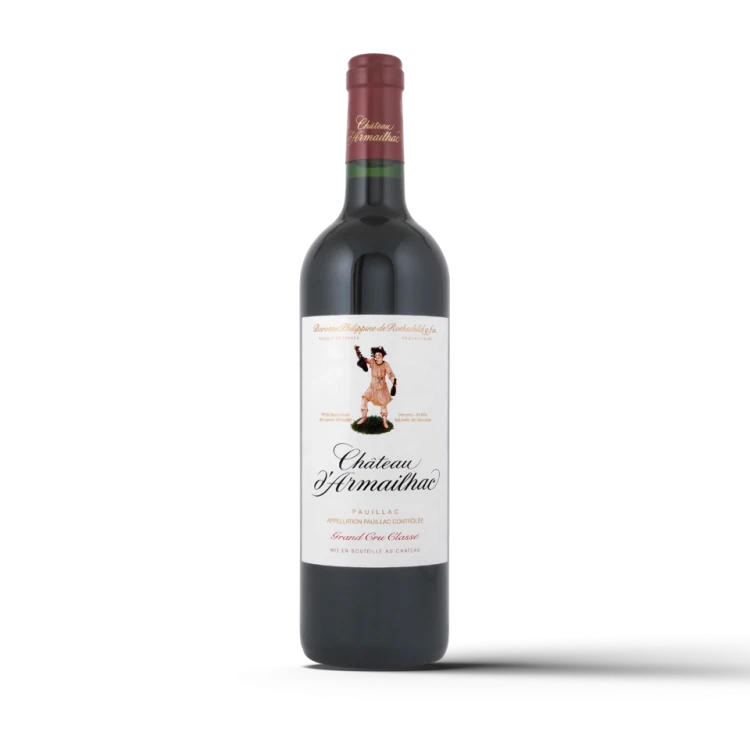
Buy wines of Château d'Armailhac
The Cinquième Grand Cru Classé Château d'Armailhac is located in Paulliac, in the best neighbourhood between Mouton Rothschild in the north and Pontet-Canet in the south. It was acquired in 1933 by Baron Philippe de Rothschild (Mouton Rothschild, among others). From 1965 it was then called "Mouton-Baron-Philippe", from 1975 "Mouton-Baronne-Philippe", and in 1989 daughter Philippine re-established the original name.
Caution is therefore advised at auctions, for example, when various old parts of the name appear.
Vines have been planted on the site since the 18th century. The current vineyards cover 70 hectares in the northern part of Pauillac. "The Plateau des Levantines et de l'Obélisque ... consists of light and very deep gravel soils and is the favoured terroir for Cabernet grapes. The deep gravel soil of the Plateau de Pibran rests on a clay-limestone soil and gives the wines their characteristic finesse and elegance. The light gravel soil of the Croupe de Béhéré is up to three metres deep."
The vines are planted with the classic Médoc varieties Cabernet Sauvignon (52%), Merlot (36%), Cabernet Franc (10%) and Petit Verdot (2%). The vineyard is 46 years old on average, "almost 20% of the total area even dates back to 1890." The planting density is very high at 10,000 vines per hectare.
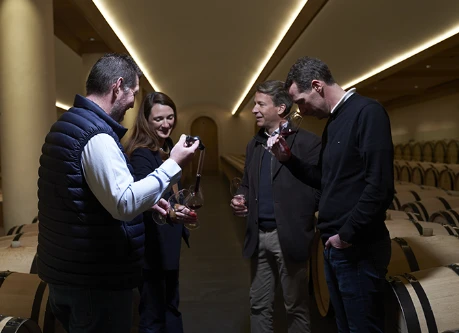

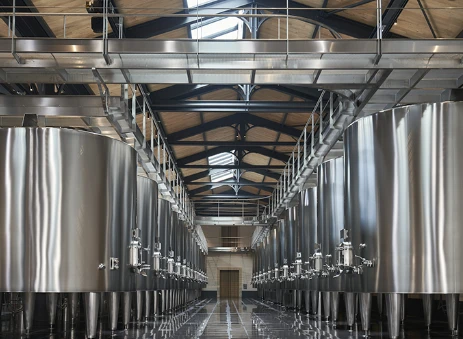
The crucial question of the perfect harvest time is answered every day with extensive analyses by the same research team that works for Château Mouton Rothschild.
The grapes are harvested by hand. Each parcel goes into the cellar separately. After destemming, there is a further manual and mechanical selection of the grapes. All transport to fermentation is carried out gently by gravity. There are 23 stainless steel tanks in the fermentation cellar, the capacity of which is adapted to the different parcels. After several weeks of fermentation, the wine is „drained“ into the maturation cellar, where it is aged for 18 months in one-third new barriques, one-year-old barriques and two-year-old barriques.
© Images: Château d'Armailhac
